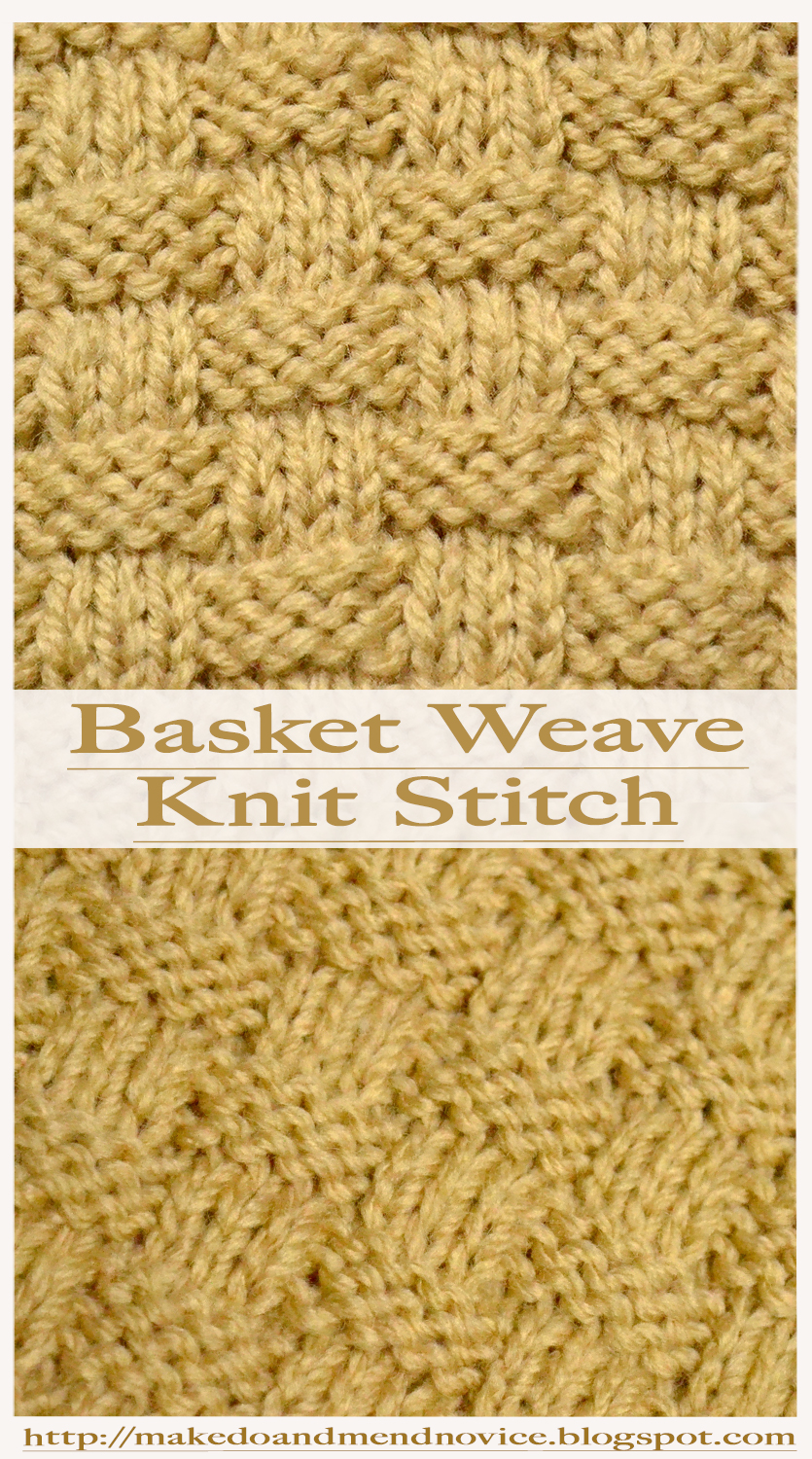An end to a thoroughly unproductive day, in which I merely managed to complete the pattern notes for a basic knitted star in preparation for another upcoming project, which - going by the speed it's taken to complete these notes - will take a little while yet.
Without further ado, here are the instructions for a basic star, which is worked in the round on double-pointed needles. The star's outer edges are shaped with short rows. The size of the star can be modified by increasing or reducing the total number of stitches before working the spikes on the outer perimeter.
 |
| Knitted Star |
Materials Required
- 4 double-pointed needles (dpns)
- Approximately 10 - 30 grams of yarn (matching the needle size of the dpns)
- Scissors
- Darning Needle
Set - Up
- Cast-on 7 stitches in whichever method you are most comfortable with (using a dpn)
- As if knitting an I - Cord, bring the yarn to the first cast-on stitch
- K1, KFB, K3, KFB, K1 [ 9 stitches in total]
- Divide these 9 stitches evenly on three dpns and join in the round
 |
| Knitted Star after completion of first increase row |
Body of Star
Row 1: K9
Row 2: KFB into all stitches [18 stitches]
Row 3: K 18
Row 4: *KFB, K2; repeat from * to end [24 stitches]
Row 5: K24
Row 6: *KFB, K3; repeat from * to end [30 stitches]
Row 7: K30
Row 8: *KFB, K4; repeat from * to end [36 stitches]
Row 9: K36
Row 10: *KFB, K5; repeat from * to end [42 stitches]
Row 11: K42
Please note: For a larger or smaller star, you can continue to increase the stitch count (adding 6 stitches on every even row) or decide to start the shaping of the spikes before you reach 42 stitches. Instead of utilising KFB increases, it is also possible to increase the stitch count with 'yarn overs'. This will result in a lace star.
 |
| Knitted Star - Detail |
Before you start shaping the points, you should ensure that each dpn holds an even number of stitches. Half of the stitches on every needle will be shaped into one of the six outer points.
 |
| Shaping of the Outer Points |
Shaping the Outer Points
Row 1: K7, turn (do not wrap the stitch when turning!)
Row 2: P7
Row 3: Sl1, K1, PSSO, K3, K2Tog, turn
Row 4: P5
Row 6: Sl1, K1, PSSO, K1, K2Tog, turn
Row 7: P3
Row 8: Sl1, K1, K1
Row 9: P2tog
Row 10: Bind-off remaining, break yarn
Proceed to shape the remaining five outer points in the same fashion.
A star is born.
 |
| Knitted Star |
For pattern support, please feel free to contact me via Ravelry (ClariceAsquith), Twitter (@Slipstitched), Instagram (@clarice.asquith) leave a comment below or by e-mail: clarice.asquith@googlemail.com.
For a link collection to all original designs on the blog, please visit this link.
This pattern is for personal use only and may not be reproduced for commercial purposes without permission.

















































